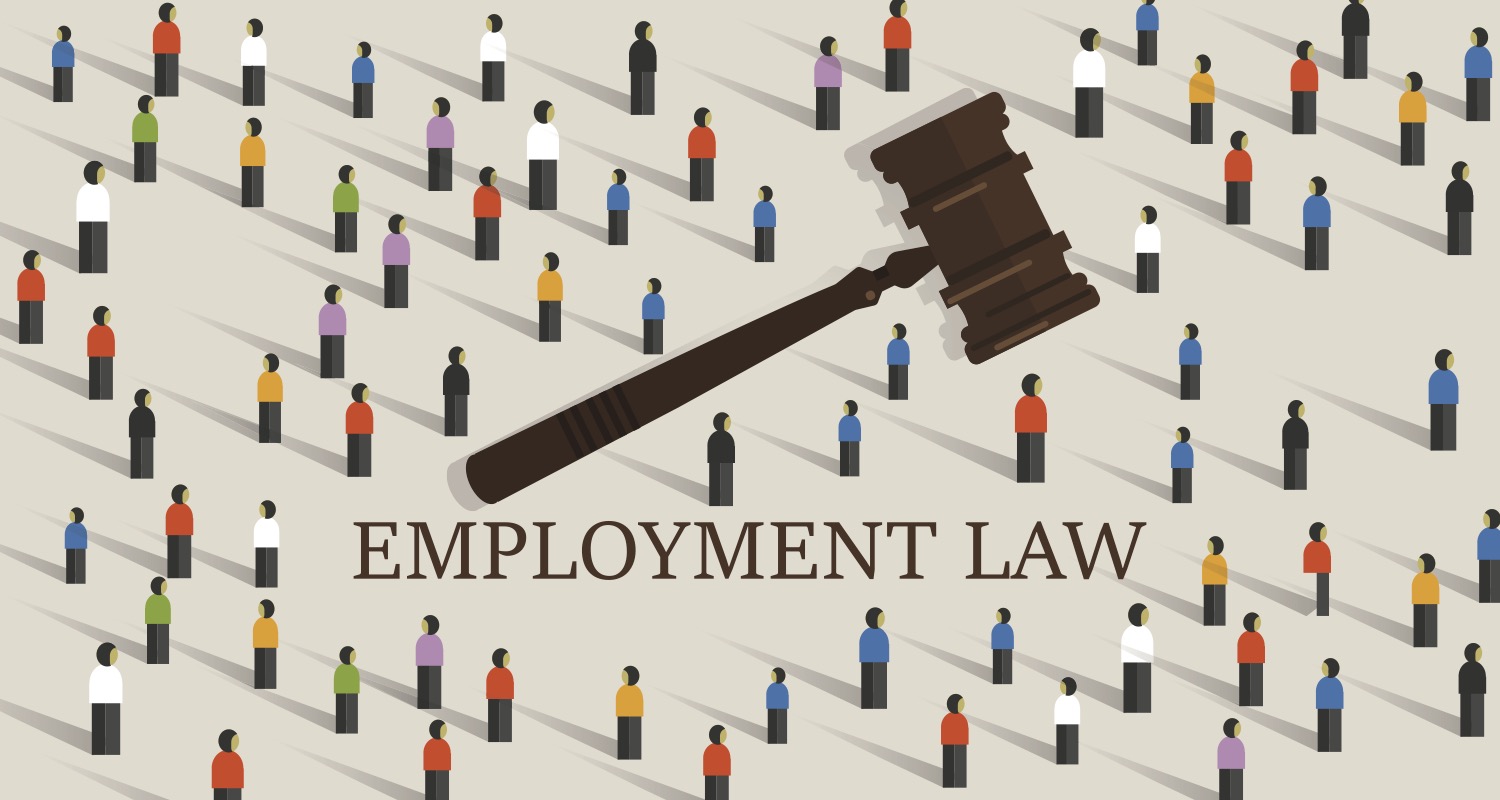
Sexual Harassment – What Employers Need to Know
On 26 October 2024 the Worker Protection (Amendment of Equality Act 2010) Act 2023 comes into force. This Act makes provisions in relation to the duties on employers to take proactive steps to specifically prevent workplace sexual harassment (harassment which is of a sexual nature). It does not apply to the other protected characteristics under the Equality Act 2010 including harassment related to ‘sex’ (harassment due to the person’s specific gender). The duty is that employers should assume that its staff may face sexual harassment in the course of employment and take action to prevent it from happening. If sexual harassment does occur (or has occurred), the employer should then take steps to stop it happening again.
Continue Reading…
Can settlement agreements settle future claims?
Most settlement agreements are entered into when an employee’s employment is terminating. They are typically used in a redundancy situation or where there is a dispute such as an employee being placed on a performance improvement plan or following a grievance or other disciplinary action. As part of a settlement agreement the employee will agree to waive their rights to pursue claims against the employer usually in return for financial compensation.
Continue Reading…
Employment law changes for 2024 which every employer should be aware of
2024 is a busy year for employment law and a busy year for employers who will need to get to grips with these changes. The changes can be broadly split into two categories – family friendly rights and pay.
Continue Reading…
The changes to holiday pay and holiday entitlement in 2024
The draft Employment Rights (Amendment, Revocation and Transitional Provision) Regulations 2023 (found here) (“the Legislation”) were announced on 8 November 2023 and are due to come into force on 1 January 2024.
Continue Reading…
Mitigation of loss in the Employment Tribunal
In the vast majority of cases an employee who has issued proceedings at the employment tribunal whether for unfair dismissal, discrimination, equal pay or for making a protected disclosure (whistleblowing) will be seeking to recover financial compensation. A Claimant will usually be required to prepare a 'Schedule of Loss' and be required to disclose evidence of their losses.
Continue Reading…
How to write a grievance letter to your employer
The first step is to check your employer's grievance policy (this may be in a handbook or available on your employer’s intranet). This should explain the logistics of sending a grievance and the timescales you can expect the grievance to be dealt with.
Continue Reading…How can we help you today?
I would like to express my sincerest thanks for all your help in person….we would like someone who is reliable and good, basically someone of your calibre. Dr A A, London University

